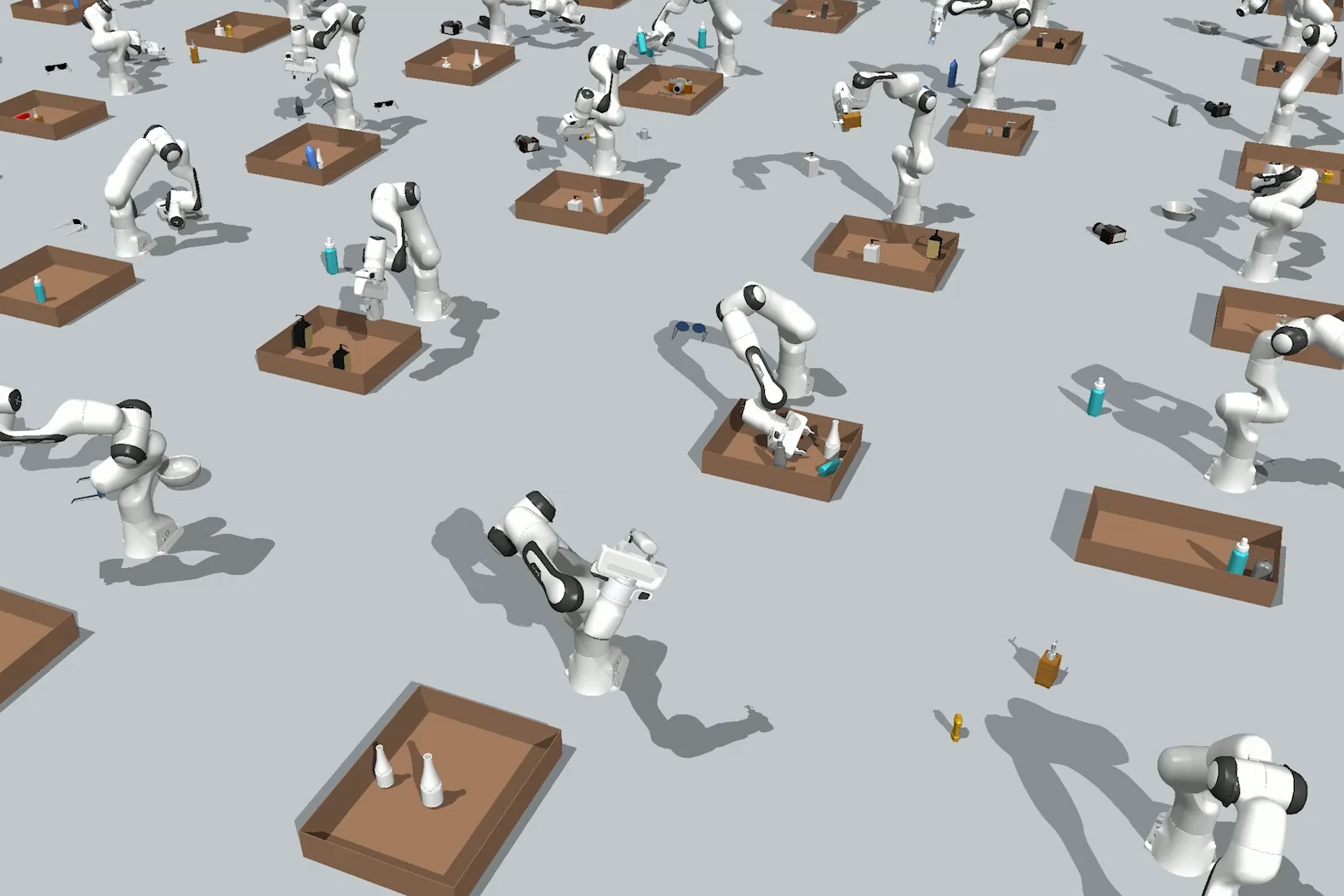Getting Started with Decision Diffuser
So, I kept hearing about this ‘decision diffuser’ thing. Saw it mentioned here and there, sounded kinda fancy. You know how it is, new tech pops up, and you get curious. I figured, why not give it a spin? Had this little side project, trying to get a simple agent to navigate a maze. Thought maybe this diffuser approach could be neat for planning paths.

First Steps and Headaches
Alright, first hurdle: finding the actual code and figuring out how to run it. Took some digging, honestly. Found some code online, but the instructions were pretty thin. Classic situation, right? Academics build something cool, but making it easy for others to use isn’t always the top priority. Spent a good afternoon just setting up the environment. Getting the right versions of libraries, dealing with weird dependencies – the usual song and dance.
Once installed, the next fun part was understanding how to feed it my maze data. The examples provided were for different kinds of tasks, so I had to adapt things. Lots of reading through the source code, trying to guess what different parameters did. Documentation was sparse, mostly comments in the code itself, which helps, but only so much.
Running the Thing
Okay, managed to format my maze environment data in a way I thought the decision diffuser would understand. Started the training process. And wow, it needed some serious computing power. My laptop’s fan was screaming. Even running it on a cloud machine with a GPU took quite a while to process trajectories and learn.
- Preprocessing the state and action data took way longer than I expected. Getting the sequences just right was tricky.
- Initial runs produced garbage. The agent would just run into walls or stay put.
- Tuning the diffusion settings, like the number of steps and the noise schedule, felt like fumbling in the dark. Small changes sometimes had huge, unpredictable effects.
After a lot of fiddling, maybe over a few evenings, I started seeing some sensible paths being generated. The agent wasn’t perfect, it still took weird detours sometimes, but it was definitely learning to navigate the maze. It was pretty cool to see it generate a whole sequence of moves, not just the next step.
So, What’s the Verdict?
Did it work? Yeah, eventually. It managed to solve the maze navigation task. The paths it generated looked pretty reasonable most of the time, though sometimes a bit jittery or overly cautious.

Was it easy? Absolutely not. The setup was a pain, training was computationally heavy and slow compared to simpler methods I’ve used for similar problems. Understanding and tuning it required a lot of patience and guesswork.
My take? It’s interesting tech, for sure. The way it generates entire plans is different. But from a practical standpoint, for my simple maze problem, it felt like using a sledgehammer to crack a nut. The complexity and computational cost seemed high for the results I got. Maybe for much more complex, high-dimensional planning problems it really shines, but for everyday stuff? The setup and tuning overhead is significant. It felt very much like a research tool, not something you’d casually drop into a production system just yet. Glad I tried it, learned something, but I’ll probably stick to simpler methods for now unless I have a very specific reason to use this.
